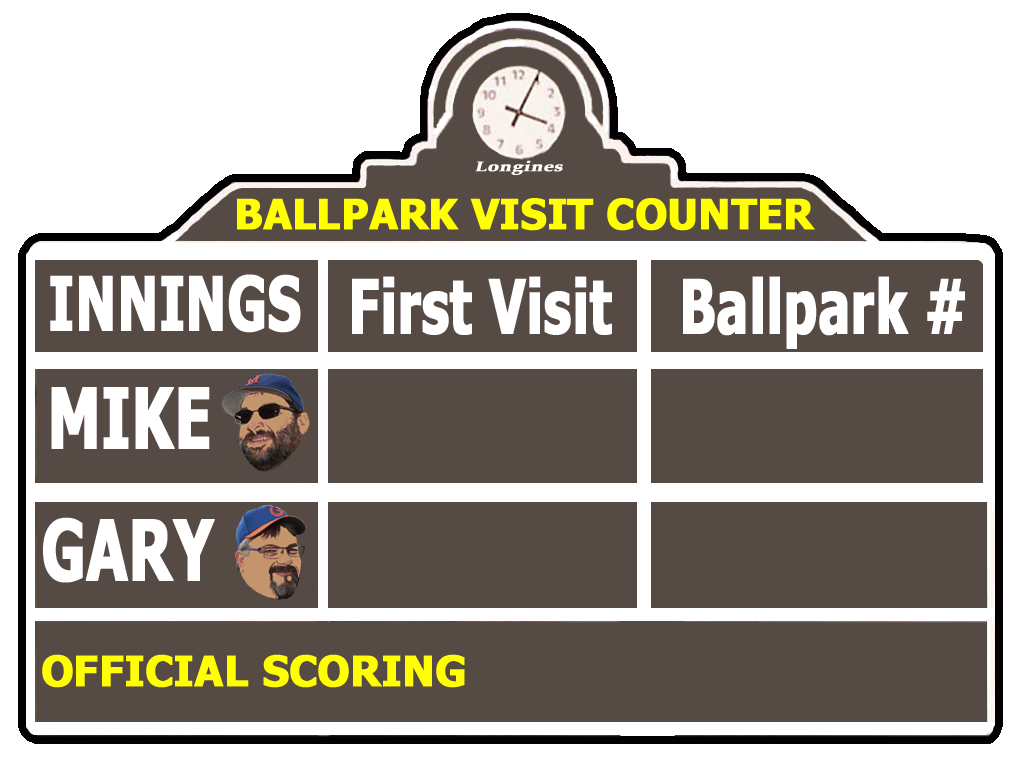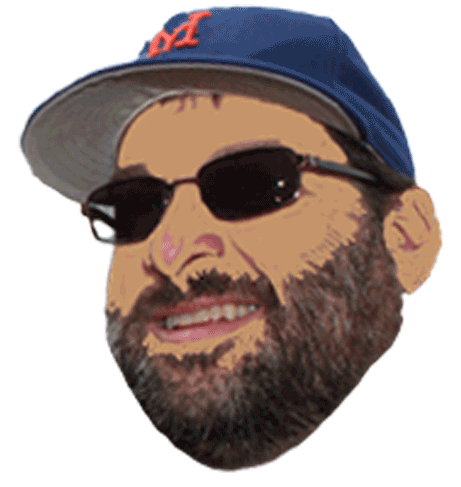
Oakland Coliseum
Oakland, CA
Review by Gary
Oakland-Alameda County Coliseum, or Network Associates Coliseum as it was known when I visited in 2003, has seated anywhere between 34,000 and 63,000 fans, depending upon what year it was and what sport was being played. Opened in 1966, the Coliseum is the last remaining stadium (as of this writing) that hosts both baseball and football. That will change once the Raiders head off for Las Vegas. The Oakland Athletics have called this concrete monument to the era of bowl-shaped stadiums “home” since owner Charlie O. Finley relocated his Kansas City Athletics here for the 1968 season.

The Coliseum still converts from baseball to football as needed. For the first 14 years of its existence, there were two configurations for football, which must have been maddening for Raider fans. Once Mount Davis rose from the earth in 1996, the stadium has had just one set-up for the gridiron. Regardless, this park is one of the largest, most expansive venues I have ever been in. I attended a game on the final day of my northern California road trip that started in San Francisco the week before. The differences between attending a game in a brand new park in downtown Frisco and here in Oakland were vast and fascinating for two stadiums just 16 miles apart. After paying top of the league prices for parking, a ticket, food and a souvenir pin in SF, I paid only $4 for an A’s ticket and a mountainous order of awesome garlic fries, whose pungent aroma cleared my section of the stands.

There were many Red Sox fans scattered amongst the announced crowd of 37,000, attending a game featuring two teams fighting for playoff spots. They would both qualify. I doubt that the number of fans actually in attendance for a Thursday afternoon game quite reached the total reported as I had huge tracts of vacant seats around me, but that may have just been the garlic fries.


The Coliseum has the largest foul territory in professional baseball, as a round stadium and straight lines tends to create a space between fair territory and the front rows of seats that is vast, robbing fans of many would-be foul balls. There is a rest area and snack bar midway across this wasteland for the corner infielders to recuperate while chasing foul balls.
The stadium looks much larger from the inside than it does from the outside as the seating bowl is dug deep into the earth. A hill was built around the stadium to create support for the upper concourse, so only the third deck is visible from outside the park. This gives the Coliseum the illusion of being short from the exterior.

I had a great time at this park. Boston’s Manny Ramirez homered in the top of the 9th to tie the game and then the Red Sox scored twice in the 10th to win the game, 4-2. I was glad to have been to a classic stadium, well… at least an old one, that had seen four baseball championships and some great Raiders teams.

2003
2022
183
35


Mike says...
"RingCentral Coliseum is much maligned as one of the worst baseball stadiums in MLB, but what I saw during my off-day visit was a living history museum. This is the last of the round, multi-purpose stadiums that defined baseball from the early 60s until Camden Yards opened in 1992. It is the last of its kind and I am very glad I got to see it before it’s gone."




Mike had the opportunity to visit on an off day in 2022 and contributes these photos. All of the talk in 2022 is that the A's are leaving soon.




Where They Played Before
Kansas City Municial Stadium
The Oakland A's started out as the Philadelphia A's before heading west in 1955. They spent 13 years in Kansas City, then packed up and moved west again, landing in Oakland in time for the 1968 season. The site of Municipal Stadium in Kansas City contains remembrances of the old ballpark.





